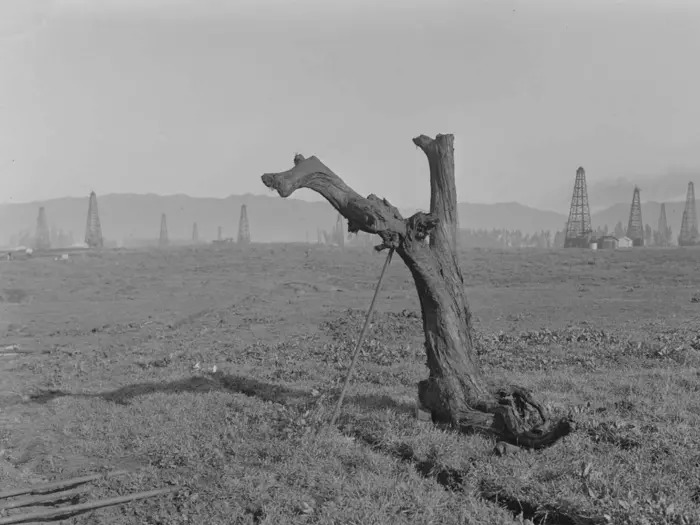Chinese Space Agency Reached Out to NASA in First-Ever Satellite Collision Avoidance Coordination
- MM24 News Desk
- 5h
- 3 min read

China National Space Administration (CNSA) has initiated unprecedented cooperation with NASA to prevent a potential satellite collision, marking the first time Chinese space authorities have proactively contacted their American counterparts for space traffic management. The breakthrough coordination occurred just days before the International Astronautical Congress in Sydney, where NASA's space sustainability director revealed this significant shift in orbital cooperation between the two space powers.
In a landmark moment for global space safety, China National Space Administration (CNSA) recently contacted NASA to coordinate a satellite maneuver that prevented a potential collision in orbit. The unprecedented outreach represents a major breakthrough in space traffic management between the two competing space nations and signals China's growing capability and willingness to participate in international orbital safety efforts.
Alvin Drew, director for NASA Space Sustainability, revealed the development during a plenary session at the International Astronautical Congress (IAC) in Sydney, Australia, calling attention to the significance of this role reversal. "For years, if we had a conjunction, we would send a note to the Chinese saying, 'We think we're going to run into you. You hold still, we'll maneuver around you,'" Drew explained during the October 2 session.
The dynamic shifted dramatically just one day earlier, according to Drew. "Just yesterday, we had a bit of a celebration because, for the first time, the Chinese National Space Agency reached out to us and said, 'We see a conjunction amongst our satellites. We recommend you hold still. We'll do the maneuver.' And that's the first time that's ever happened," he told attendees at the International Astronautical Congress.
This coordination breakthrough comes at a critical time as both nations rapidly expand their satellite constellations in Earth orbit. The United States, primarily through SpaceX's Starlink constellation, and China, with its emerging Guowang and Thousand Sails megaconstellations, are collectively adding hundreds of new satellites to orbit annually, dramatically increasing collision risks and the need for improved space traffic management.
The outreach from CNSA also indirectly demonstrates that China's space situational awareness capabilities have reached a sophisticated level where they can accurately identify potential conjunctions and initiate coordinated responses with other space operators. This development aligns with priorities outlined in China's 2022 space white paper, which emphasized enhancing space debris monitoring and collision avoidance capabilities for the 2021-2026 period.
Contact between NASA and CNSA has been historically limited due to the Wolf Amendment, legislation that restricts most bilateral cooperation between NASA and Chinese state entities. This makes the recent coordination even more remarkable, suggesting that practical space safety concerns may be overcoming political barriers when it comes to preventing catastrophic orbital collisions.
The growing congestion in low Earth orbit has become a pressing concern for space sustainability experts worldwide. With thousands of active satellites and countless pieces of debris orbiting Earth, collision avoidance has become increasingly complex. A single major collision could generate thousands of new debris fragments, potentially triggering a cascade effect known as the Kessler Syndrome that could render certain orbital regions unusable for decades.
NASA's Space Sustainability office, led by Drew, has been advocating for improved international coordination and data sharing to address these challenges. The recent outreach from China represents a significant step toward establishing more robust global standards for space traffic management, particularly as commercial and government satellite constellations continue to proliferate.
China has also recently stated it is developing active debris removal capabilities, further indicating the country's growing commitment to addressing space sustainability challenges. As orbital traffic continues to increase, such bilateral coordination between major space powers will become increasingly essential for maintaining safe access to space for all nations.
The successful coordination between NASA and CNSA sets an important precedent for future space safety cooperation and demonstrates that even amid geopolitical tensions, practical collaboration on orbital safety remains possible and necessary.


header.all-comments